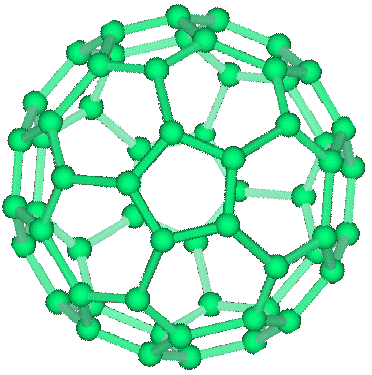_ Department of nano- fullerence
Nano fullerences with the ability to store electrostatic energy
Researcher and author: Dr. ( Afshin Rashid)

Note: Nanofluorenes with the ability to store electrostatic energy that can be used as nano supercapacitors with very high capacity. Also, with these nanotubes, the nervous network can be repaired. Carbon nano-fullerenes are allotropes of carbon such as diamond and graphite. These compounds are made of carbon and take spherical, elliptical shapes, and those that are spherical are called buckyballs.
Fullerenes do not have much chemical activity. The width of the graphite plate is about a few nanometers. The length of the nanotubes ranges from a few micrometers to less than a meter. Their unique molecular structure creates unusual macroscopic properties.
Non-carbon nanofullerenes
In non-carbon fullerenes, other elements create a structure similar to fullerenes, the chemical structure of these fullerenes is often metal oxide, vanadium oxide is one of them.
Intrafacial fullerences
They enclose different atoms inside themselves, the obtained nanostructures are used for applications such as tracking elements and biological processes.
Multilayer fullerenes
Multilayer fullerenes consist of several fullerenes that are nested inside each other. For this reason, this structure is also called nano onion.
Fullerenes are sensitive to light and their electrical properties change drastically with the change of light wavelength. Such as: organic light-emitting diodes with long life and high performance, and fullerene molecules can be filled by other elements. For example, by placing some metal elements inside fullerenes, their electrical properties can be improved. Also, fluorine molecule can be used for storage in nano supercapacitors and confinement of non-carbon atoms .
Conclusion :
Carbon nanotubes are called stretched fullerenes. And graphene sheets are used to empower carbon nanotubes. Nanofullerenes with the ability to store electrostatic energy that can be used as nano supercapacitors with very high capacity.
Researcher and author: Dr. ( Afshin Rashid)
Specialized doctorate in nano-microelectronics





